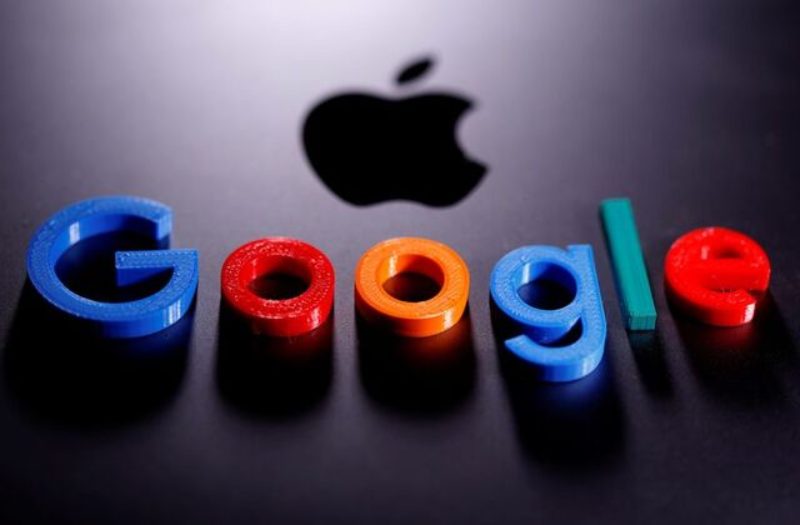
Apple Utilizes Google Cloud Infrastructure To Teach and Serve AI
- Technology
- June 19, 2024
Apple has created a new AI infrastructure to deliver AI features launched in its devices, employing resources accessible in Google’s cloud architecture. Apple’s new AI backend comprises:
- A self-created foundation model.
- Apple servers.
- Server processors are based on the M-series semiconductor architectures used in PCs.
Apple has built a Private Cloud Compute infrastructure to host Apple Servers that run on Apple’s own hardware. The hardware and software offerings are combined into a single package called Apple Intelligence.
According to GitHub, Apple’s machine-learning framework, AXLearn, has a hybrid AI approach, merging its proprietary Apple servers with Google Cloud capabilities. Google did not respond to requests for comment on the matter.
The framework known as AXLearn “builds on top of JAX and XLA and allows us to train the models with high efficiency and scalability on various training hardware and cloud platforms, including TPUs and both cloud and on-premise GPUs,” Apple stated in a blog post.
Apple has been working on AI for quite some time, and this new infrastructure represents a huge step forward. Google and Microsoft, the company’s main competitors, have been investing in artificial intelligence since late 2022.
Apple has two new homegrown AI models, including a 3-billion parameter model for on-device AI and a larger LLM for servers with greater processing power. The TensorFlow-based machine learning models were trained using Google TPUs. TensorFlow was created by Google and is widely utilized throughout its AI software stack running on TPUs.
Apple’s AXLearn AI framework, which is used to train native LLMs, generates Docker containers that are authorized for usage on the GCP infrastructure. AXLearn supports the Bastion orchestrator, which is only available in Google Cloud.
“While the Bastion currently only supports Google Cloud Platform (GCP) jobs, its design is cloud-agnostic, and in theory, it can be extended to run on other cloud providers,” Apple wrote on its AXLearn infrastructure page on GitHub.
The new AI hardware represents Apple’s return to server hardware after discontinuing its previous dedicated server product, the Xserve, which operated on Intel server CPUs, in 2011. Apple positioned the Mac Pro workstation as a server option.
“These models run on servers we have especially created using Apple silicon. These Apple silicon servers offer the privacy and security of your iPhone from the silicon on up, draw on the security properties of the Swift programming language, and run software with transparency built in,” said Craig Federighi, Apple’s senior vice president of Software Engineering, at the company’s WWDC conference.
In its quest to deliver artificial intelligence on its gadgets, the firm prioritizes privacy. After responding queries, the hosted AI models remove the user data.
Customers can use local models to generate photos and papers, making document access easier. Users are authenticated via security measures such as fingerprints or facial recognition on PCs or phones, which are also used to verify AI server connections.
“Private Cloud Compute allows Apple intelligence to flex and scale its computational capacity and draw on even larger server base models for more complex requests while protecting your privacy. These models run on servers we have specially created using Apple silicon,” Federighi said.
Apple also announced a partnership with ChatGPT, which is available to anyone seeking more detailed answers. Because OpenAI is not known for data privacy, Apple’s devices will prompt users for permission to share data to ChatGPT.